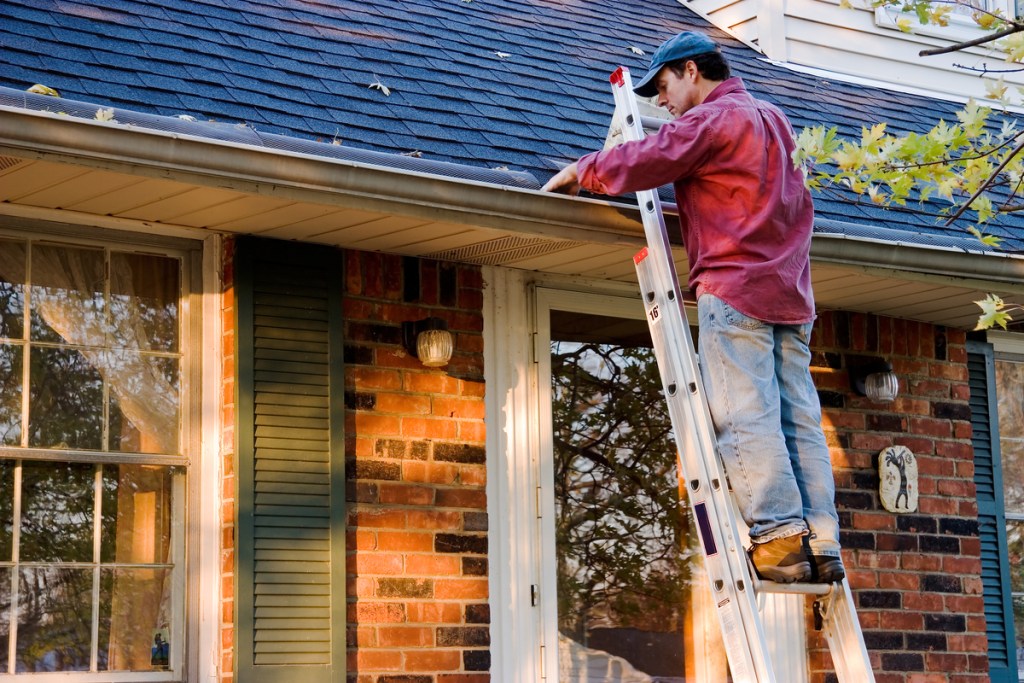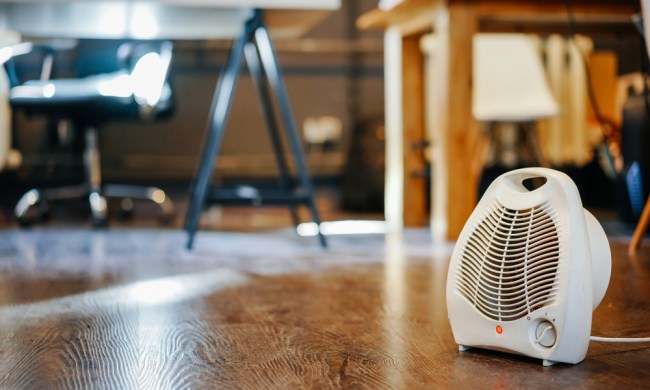Need to clean the gutters, repair flashing around the chimney, or patch a leaky shingle? You may not have a fear of heights, but accidents can still happen. One misstep on a loose shingle or slippery leaf is all it takes. Don’t take an unnecessary risk that could send you to the hospital — or worse. Before heading up to the roof for even the smallest task, remember to keep safety in mind.
Proper use of roofer safety equipment can prevent serious injuries in case of accidents. If you’re not sure what you need, we’ve got you covered. This quality gear is trusted by professional roofers, so you can rest assured that it will work well for you too.

Roofer safety equipment
Roofing comes with inherent dangers, and the obvious risk of falling from the roof sometimes outshines other potential risks. However, you can’t forget to take care of the basics: Safety equipment starts with appropriate clothing, including long pants, work gloves, and proper footwear.
Chippewa Boots Edge Walker
Rooftop work demands maximum traction. Choose non-slip boots or shoes with soft soles, and be sure the tread is free of debris before climbing the ladder. The Chippewa Boots Edge Walker features a soft, compound wedge-shaped sole with just enough traction for ground walking and ample grip on the rooftop.
- 8-inch leather upper with non-tarnishable brass grommets
- Wedge style, Newflex Compound outsole
- Composite shank
- Ortholite removable sole insert
- Goodyear flat welt construction
- Dri-Lex 2000 waterproof lining
- ASTM F2413-11 Electrical Hazard rating
Safety Sacks All-in-One Construction Safety Kit
Before you go for the ladders and harnesses, it’s crucial to don your personal protective equipment first. That means protection for the eyes, ears, hands, and head. This all-in-one kit includes the equipment you need to stay safer on a variety of tasks, whether on the roof or on the ground.
- ANSI certified safety glasses with 99.9 percent protection from UV rays
- Triple flange earplugs for power tool noise reduction
- Adjustable size HDPE hardhat for overhead protection from falling tools or debris
- Cotton work gloves with latex grip
- 2XL high-visibility vest with PVC reflective tape
- Dust mask
Werner UpGear Roofing Safety System
When you’re ready to climb, be sure to clip into a fall protection kit. Werner’s UpGear safety system includes the basic fall protection devices you’ll need for roof work, packed in a handy bucket that you can also use to haul tools up and down.
- Universal harness with a downward adjusting chest strap that eliminates choking hazard in case of a fall and a back-strap to keep the worker in the harness in case of a backward fall
- 50-foot lifeline made of high-strength, abrasion-resistant PolyDac rope, with Safe Energy Absorber for consistent arrest of fall
- 3-foot lanyard with manual rope grab to extend freedom of movement
- Temporary roof anchor for use on trusses, sheathing, and most roof peaks
- Complies with OSHA workplace safety regulations and ANSI safety equipment standards
Little Giant Ladders Multi M22
Last, you need a sturdy ladder to safely get on and off the roof. The most popular ladder material for roofers is aluminum because it is lightweight, strong, and durable. However, if you’ll be working around electricity, choose non-conductive fiberglass instead. In addition to strength and a sturdy base, be sure to buy a ladder with adequate reach, at least 3-feet taller than the edge of the roof. This Little Giant ladder checks the boxes for most single-story houses.
- Easily converts from A-frame to extension, 90-degree, or trestle-and-plank scaffolding
- Maximum extension reach of 22-feet
- Wide flared legs for greater stability
- Spring-assisted rapid lock adjustments
- Aluminum and weighs 38 pounds
- Supports up to 300 pounds on each side
- OSHA and ANSI certified
The next time you have a roofing project, make sure you’re adequately prepared. With this safety equipment, you’ll be ready to tackle any DIY task.



